What Philanthropy Can Do About Missing & Murdered Indigenous Women
What Philanthropy Can Do About Missing & Murdered Indigenous Women
Gabby Petito’s disappearance immediately captured our collective attention. The social platforms—from Tiktok to Twitter—were supplying hour-by-hour information with theories, stories, data, awareness campaigns, and investigative updates. TV news followed. We could not divert our eyes, which is so important when someone goes missing. The area in Wyoming where Gabby’s lifeless body was eventually discovered—and news crews swarmed—has been a vanishing point for hundreds of other young women and girls for generations. Most of these disappearances are Indigenous people.
It is vital that we make every effort to elevate and work collectively when any person goes missing. As Charles M. Blow recently penned in his New York Times column, “It is not that these white women should matter less, but rather that all missing people should matter equally. Race should not determine how newsroom leaders assign coverage, especially because those decisions often lead to disproportionate allocation of government resources, as investigators try to solve the highest-profile cases.”
Indigenous people who are missing are not getting the attention they deserve. A Wyoming state-wide report by the Urban Indian Health Institute found that only 30% of Indigenous homicide victims earned news coverage compared to 51% of white victims. Furthermore, Indigenous female homicide victims had the least amount of newspaper media coverage at 18%. The state of Wyoming is not alone in these drastic differences in attention of Indigenous women and girls. Native people, organizations, non-profits, and Indigenous families have been sounding the alarm for decades.
Indigenous, Black, and Brown relatives deserve the same urgency and attention as the case of Gabby Petito. While the media has plenty to reckon with in their decisions about who they do and don’t value, philanthropy should also be taking a look in the mirror as a sector, holder of immense power, and influence.
One of the most important parts of our mission at Native Americans in Philanthropy is amplifying the voices of our communities when they are not being heard in the philanthropic sector. We do this so that the sector will take action. When considering how to fund in this space, here are four options philanthropy can consider.
Indigenous, Black and Brown relatives deserve the same urgency and attention the Gabby Petito case received. The media has a responsibility to uplift marginalized voices, but philanthropy also has a vital role to play.
Philanthropy and Data
It takes a tremendous amount of research and planning to understand and identify the dominant narrative, key messages, and influencers around an issue such as missing and murdered Indigenous women and girls. This takes investing in the cutting-edge research and network building that is being built by Indigenous people, for Indigenous people. Advancing data sovereignty work can be a vital investment. A great place to learn more is the Urban Indian Health Institute and their report on this issue.
Philanthropy and Organizing
Foundations may find themselves wanting to engage with prominent voices around specific issues. However, they need to decide where their leverage lies with regard to the public narrative. It may not necessarily include acting as a public messenger or increasing their own prominence in the field. Instead, foundations can help shift a narrative by leveraging their systems and resources to quickly fund Indigenous organizers and movements. NDN Collective, the Native Organizers Alliance, and many other local grassroots movements funded through Native-led intermediaries are a great place to engage with movement leaders.
Philanthropy and Capacity Building
Building a large, coordinated movement to raise awareness of issues like MMIWG2S (Missing and Murdered Indigenous Women, Girls, Two-Spirit Peoples) requires flexible investment into an ecosystem of diverse organizations that can support grassroots movements in re-framing issues, building coalitions, advocating for more funding, and pushing for policy change. Large-scale change requires capacity led by the people who are affected. American Indians for Opportunity, the Native Action Network, and other capacity-builders are excellent resources to learn more about those in our communities who are helping movement leaders create sustainable change.
Philanthropy and Relationship Building
Coalition-building around difficult and structural problems is hard work. Movement leaders and the organizations they work with struggle with being invisible, harmful narratives, a lack of understanding, and more. This is why good relationship-building matters. One of the best strengths philanthropy brings is its ability to convene, especially across sectors. But, philanthropy shouldn’t be leading the convening. They should be investing in the Native community and government leaders closest to the problems and the solutions. Building relationships and designing meaningful, Native-led convenings is also central to our role here at Native Americans in Philanthropy and we are here to help.

Meet The Author: Erik Stegman
Erik serves as Chief Executive Officer of Native Americans in Philanthropy, a national organization advocating for stronger and more meaningful investments by the philanthropic sector in tribal communities. Previously, he served as the Executive Director for the Center for Native American Youth at the Aspen Institute. He has held positions at the Center for American Progress on their Poverty to Prosperity team, as Majority Staff Counsel for the U.S. Senate Committee on Indian Affairs, and in the Obama administration as a Policy Advisor at the U.S. Department of Education. Erik began his career in Washington, D.C. at the National Congress of American Indians Policy Research Center. You can read more about him on his page.
RELATED POSTS
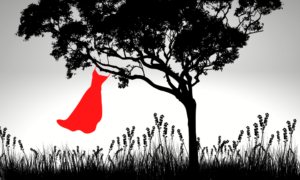
“Every Person Deserves To Feel Safe In Their Community"
A Reflection on the MMIW Crisis
A long history of violence against Native people has led to the disproportionate disappearance and murder of Indigenous women, girls, and two-spirit people. Families and communities are left devastated, often shattered and disjointed. The stories are heartbreaking and come from every corner of North America...
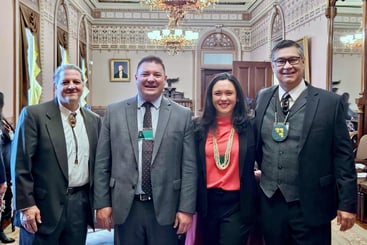
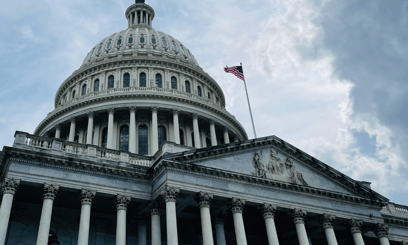
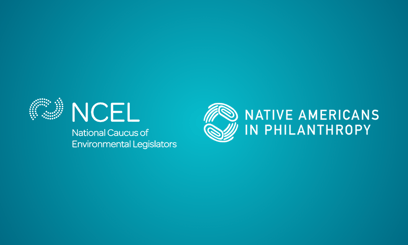
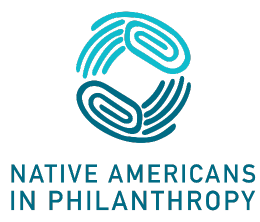
Comments